
Mentoring design teams in and out of the classroom
see more projectsBeyond the classroom
When working with my 2.00 team, it was clear that they needed to build more materials familiarity and understanding of existing resources around them. I decided to take it upon myself to take them on a field trip.
For many of the students, this was the first time they had ever been inside a Home Depot!
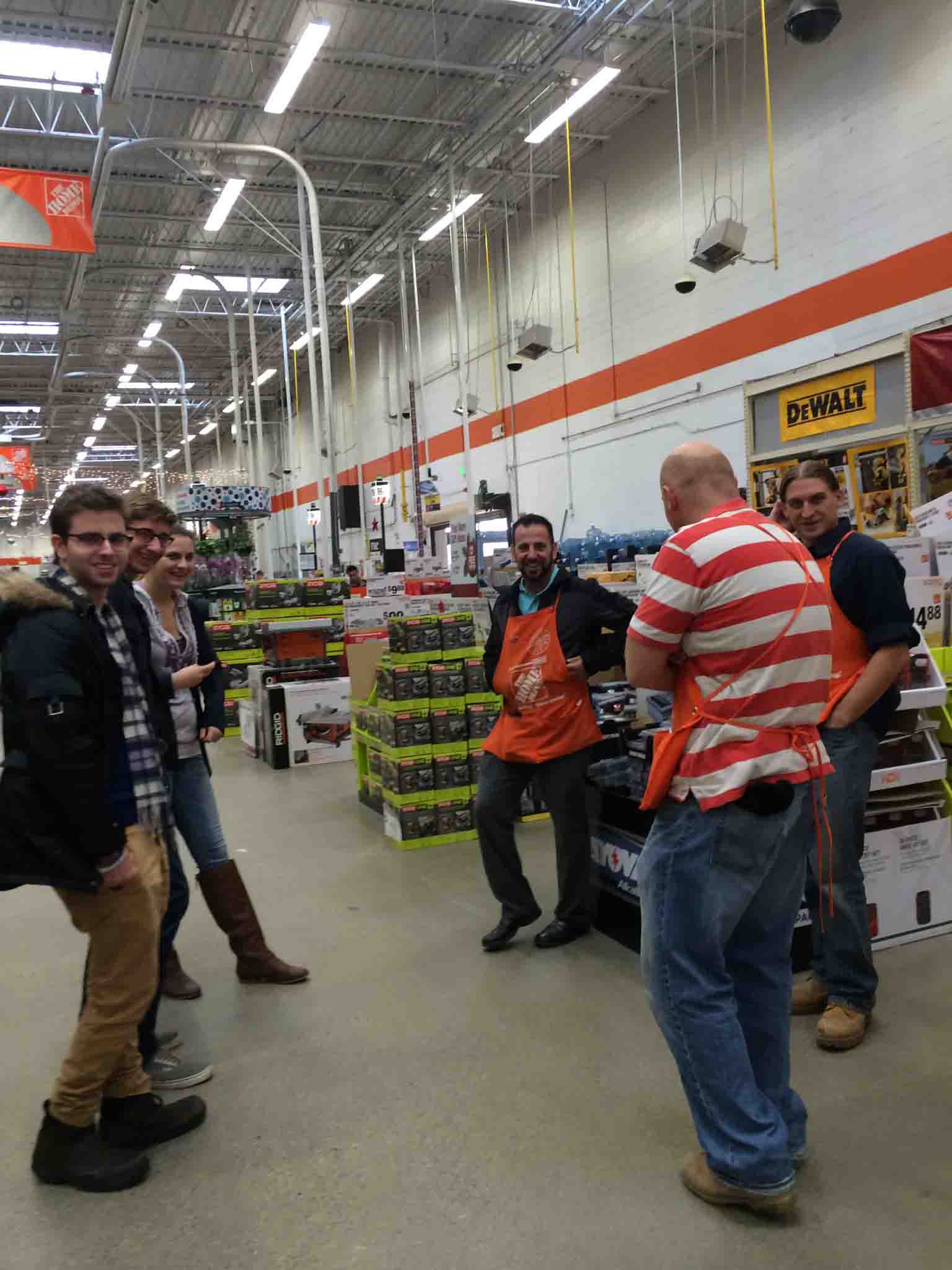
I encouraged them to make the most use of being there and make their calculations right in the aisles!
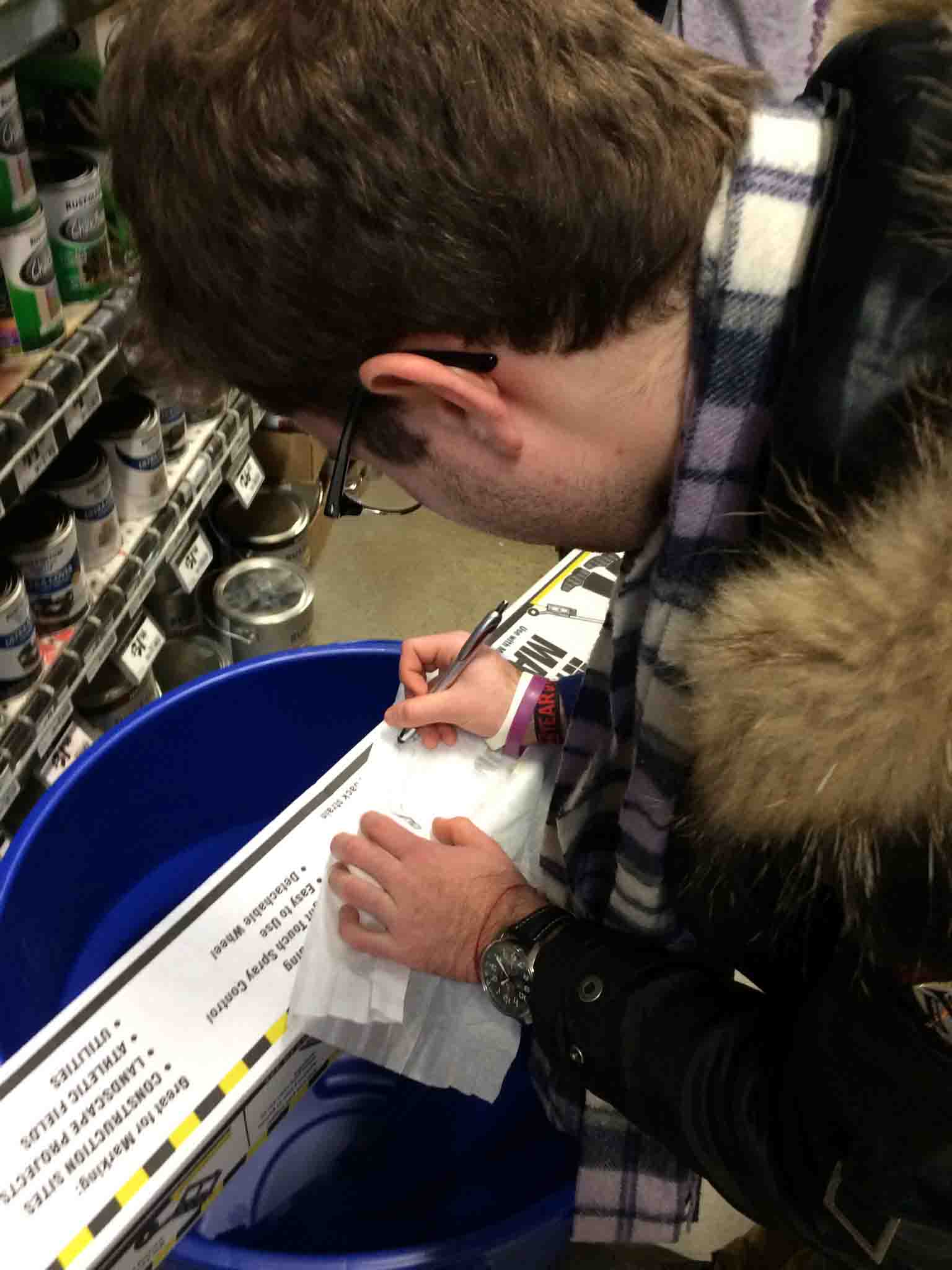
Mentoring adventures in 2.009
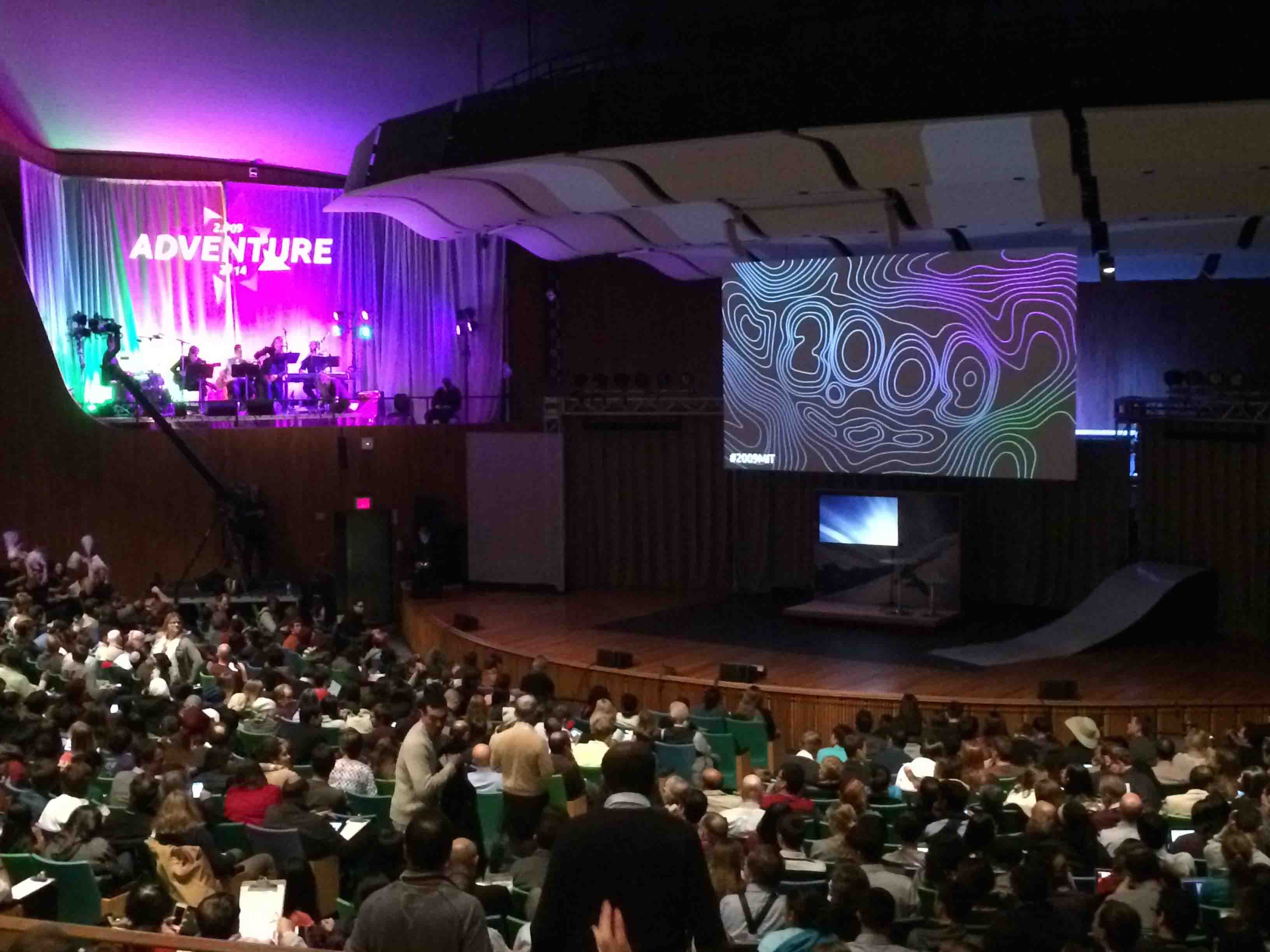 This is a shot of MIT's Kresge auditorium, ready to begin the final 2.009 presentations Fall 2014. Below is a great video explaining the journey of the course, wherein students truly experience the entire product design process. (Yes, that's me at minute 6:17, cheering on my Purple Team from 2013 right after their presentation!)
This is a shot of MIT's Kresge auditorium, ready to begin the final 2.009 presentations Fall 2014. Below is a great video explaining the journey of the course, wherein students truly experience the entire product design process. (Yes, that's me at minute 6:17, cheering on my Purple Team from 2013 right after their presentation!)
Designing New Curricula
The D-Lab Staff invited me to come on as a co-Instructor to their Education class and help re-design the curriculum in order to incorporate the design of toys into the student skill set. We worked endlessly to solve the tensions of teaching by doing and overscoping too much work. After many ideation and strategy meetings, a new class was born.
Below is the description used in our course description, along with the graphics I created to represent the course journey:
D-Lab Education: Toy Design for Development is a hands-on, project-based, educational design course in the family of D-Lab offerings. This course is an introduction to both the educational and toy design processes utilizing the creative capacity building methodology. This year we present a special focus on designing toys for development.
In this course, students will learn the design process by working in teams to prototype new toys for young children in developing countries. Students will also learn to design and facilitate hands-on workshops for children to design and build their own toys and will travel to a community abroad to implement them .
Key topics within this space include: information gathering, needs assessment, problem framing, brainstorming, design criteria, sketching, analysis and experimentation, detail design, prototyping and fabrication and testing and evaluation, syllabus writing, curriculum development.
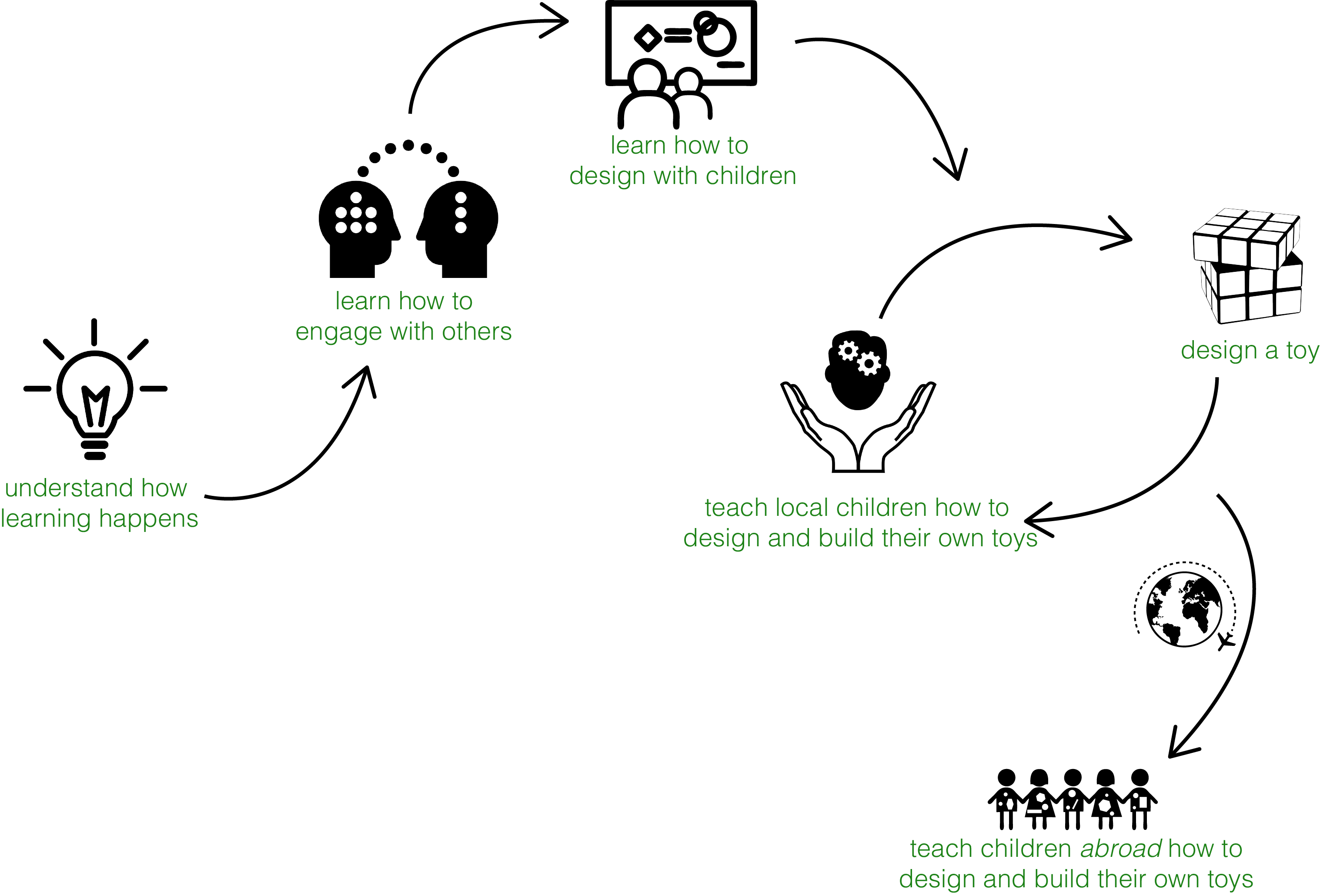
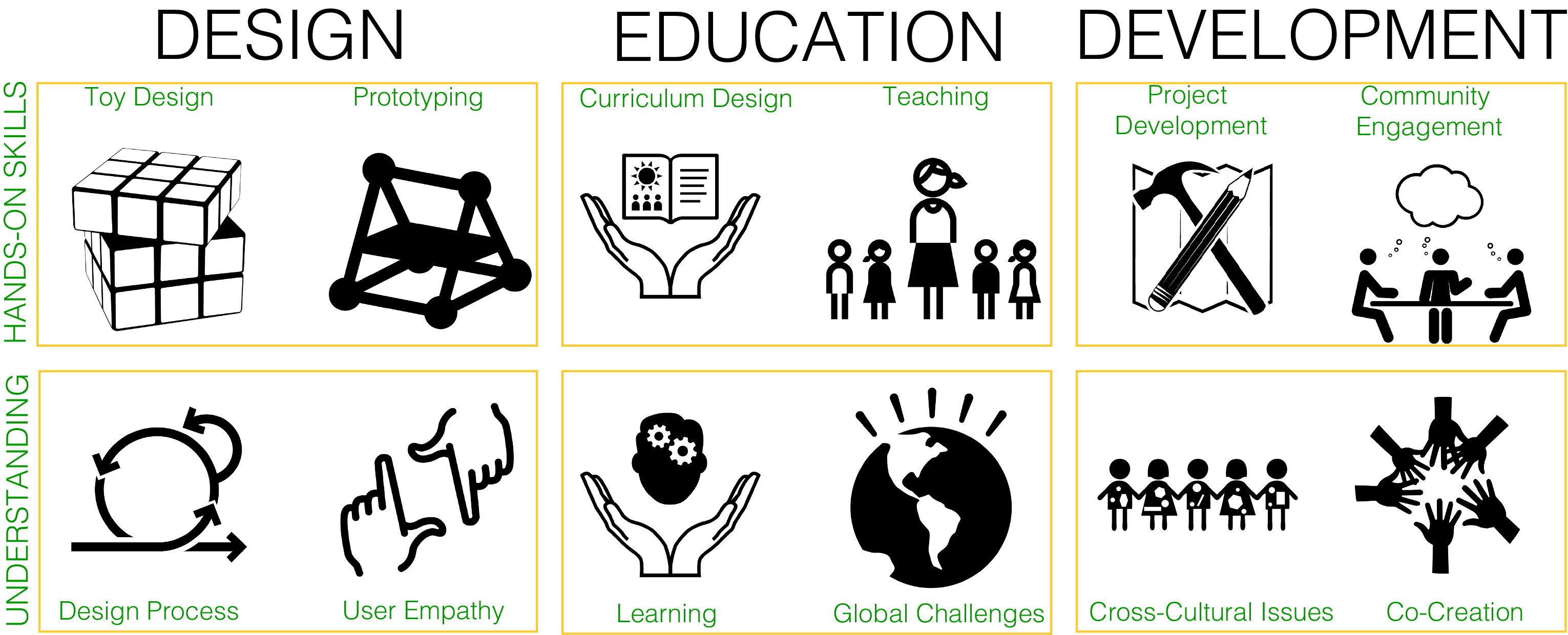
Relevant Mentoring Positions
MIT Development-Lab Design Spring 2015, Teaching Assistant
•Advised 6 student teams through the creative capacity building model of the design process and principles
• Supported course assessment and evaluation techniques and feedback mechanisms for students
MIT D-Lab Education Fall 2014, Re-Designer & Instructor
•Re-designed hands-on, interdisciplinary course to include 3 main strands: Toy Product Design; Design of Curricular Content for K-12 children; Deployment in Developing Countries
• Co-Developed course milestones and delivered content through lecture and lab activities
MIT Teaching Certificate Program Spring 2014
•Completed a theoretical and practical study of pedagogy, curriculum, and methods

MIT 2.00 Introduction to Product Design, Fall 2014 Instructor
•Advised 5-person team through their first introduction to product design process and principles
• Guided students through ideation and machining process for two project milestones: user-centered, and product-centered
MIT 2.009 Product Engineering Processes Fall 2013, 2014 Mentor
•Advised 20-person team through their senior capstone project-based course
• Facilitated class and lab meetings to provide insight on the process of product design and incorporating design thinking into their developmental approach
MIT 2.00b Toy Product Design Spring 2013, Instructor
•Advised 5-person team through their freshman exploratory course on toy product design
•Led lab meetings for maximum exposure to product design process and design thinking, whilst learning tangible engineering skills to take into their undergraduate years